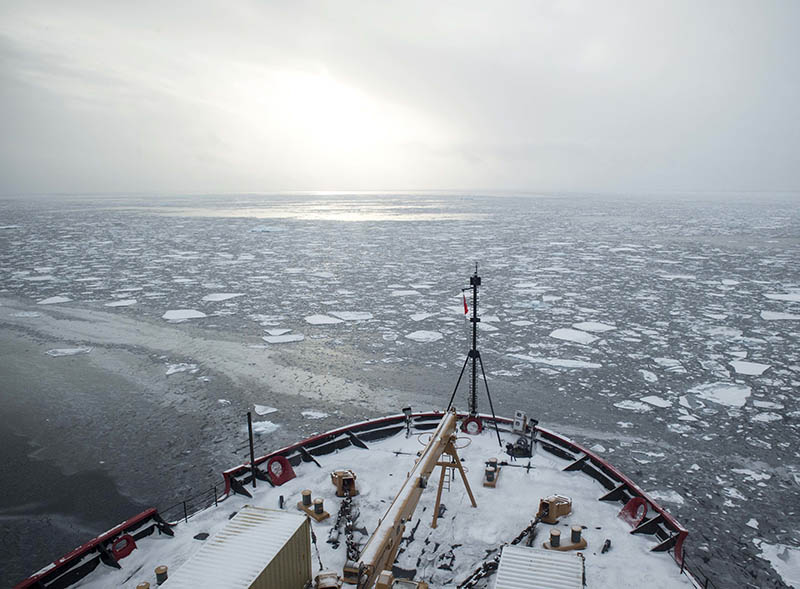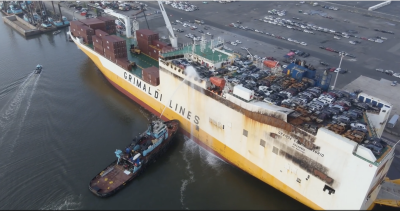A recent Government Accountability Office (GAO) report has found that while the U.S. Coast Guard is making progress implementing its Arctic strategy, the agency has considerable work to do in planning for increased activity in the region.
The GAO said that while the Coast Guard has identified areas where it is lacking — including communications, infrastructure, and icebreaking — and taken steps to improve, it has not “systematically assessed” the effects of those actions, a necessary step to measuring progress and being “better
positioned to effectively plan its Arctic operations.”
Planning is key for the Coast Guard because it is the primary federal maritime agency with Arctic responsibility. More navigable water in the region means more human activity and more responsibility in the region, in addition to its other ocean missions.
The Coast Guard has identified icebreaking as a major capability gap, with the heavy icebreaker Polar Star nearing the end of its service life and a three- to six-year gap expected between the end of Polar Star’s service and when a new icebreaker becomes operational. Since 2010, the agency has been unable to fulfill all of its icebreaking responsibilities.
The agency works with Arctic partners to ensure that its responsibilities are covered, and officials have said that capability gaps don’t impair or eliminate the ability to perform operations. For now, Coast Guard officials say, they have sufficient resources to fulfill their current responsibilities.
However, with the region changing rapidly, more progress reporting is needed, the GAO said. The report recommended that the Coast Guard Commandant take two actions.
First, to “develop measures, as appropriate, for gauging how the agency’s actions have helped mitigate the Arctic capability gaps. Second, to “design and implement a process to systematically asses the extent to which actions taken agency-wide have helped mitigate the Arctic capability gaps for which it has responsibility.”
The Coast Guard is developing a website to track progress measures for some of its Arctic activities, according to the report.




.png.small.400x400.png)
